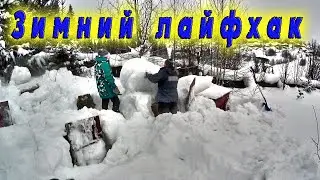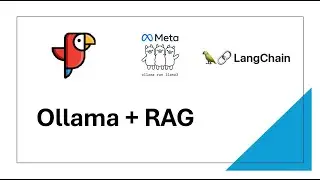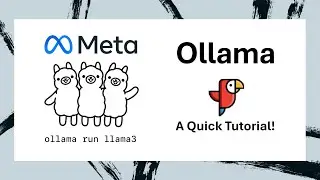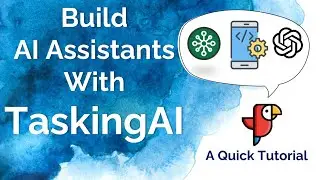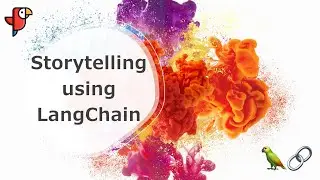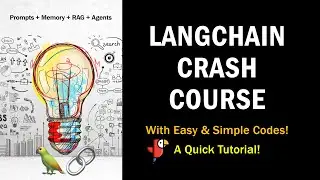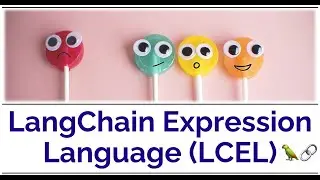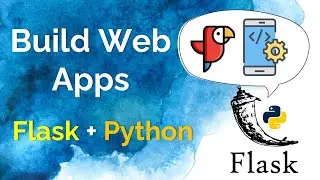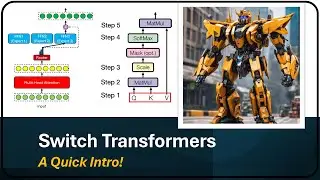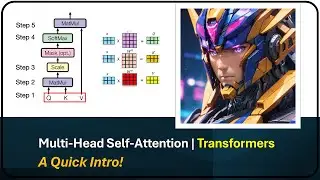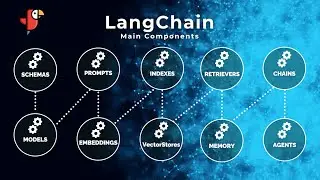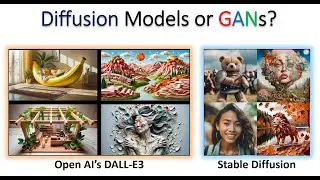Diffusion Models versus Generative Adversarial Networks (GANs) | AI Image Generation Models
🚀 In this video, we talk about the main differences between Denoising Diffusion models and Generative Adversarial Networks (GANs) for image generation or synthesis.
🔖Although GANs have been the lead AI technology for image generation over the past years, they suffer from the so-called Mode Collapse problem, which limits their power in generating diverse images. Moreover, their training is not that much stable.
🔖Denoising Diffusion Models, on the other hand, don't have such limitations, and they have been emerged as a powerful alternative to GANs for image generation as well as video or multi-modal signal generation.
⭐️Currently, the state-of-the-art models in image generation like OpenAI's DALL-E3 (https://openai.com/dall-e-3) or Stable Diffusion (https://stability.ai/) employ Diffusion Models as their core technology for image or video synthesis. This suggests that Diffusion Models may be the lead technology for image/video generation in the early future.
⭐️The main benefits of Denoising Diffusion Models as compared to Generative Adversarial Networks (GAN) are:
1. Limited diversity and fidelity: Denoising diffusion models address the limited diversity and fidelity issues that GANs face in generating large datasets.
2. High-fidelity image generation: Denoising diffusion models demonstrate astonishing results in high-fidelity image generation, often outperforming GANs.
3. Strong sample diversity: Denoising diffusion models offer strong sample diversity, providing a wider range of generated outputs.
4. Faithful mode coverage: Denoising diffusion models exhibit better mode coverage, ensuring that different modes or patterns in the data distribution are accurately represented.
5. Superior image quality: Diffusion probabilistic models (DDPMs) can synthesize high-quality medical data for imaging modalities like magnetic resonance imaging (MRI) and computed tomography (CT).
6. No additional training required: Pretrained deep denoisers can be used within iterative algorithms without the need for additional training, making the training process more efficient.
7. Categorization and taxonomy: Diffusion models have been categorized into three types: sampling-acceleration enhancement, likelihood-maximization enhancement, and data-generalization enhancement, providing a structured understanding of these models.
8. Image denoising capability: Denoising diffusion models can be used for image denoising tasks, producing noise-free images from noisy data samples.
9. Generalized real-world image denoising: Generalized real-world image denoising diffusion models use linear interpolation and gradual noise addition and denoising operations to achieve effective denoising of real-world images.
10. Transforming simple distributions: Diffusion models transform simple and easily samplable distributions, such as Gaussian distributions, into more complex data distributions of interest through invertible operations.
🔗More information about Diffusion Models can be found in this video: • Tutorial on Denoising Diffusion-based...
⭐️HashTags ⭐️
#diffusion #generativeai #gans #ai #computervision #deeplearning #computerscience #datascience #dalle3 #stablediffusion #stabilityai #denoise #neuralnetworks #ldm




![Bartosz Domiczek - D2 Talks #33 [interviewed by Fabio Palvelli]](https://images.mixrolikus.cc/video/_sQkFBCvblE)

